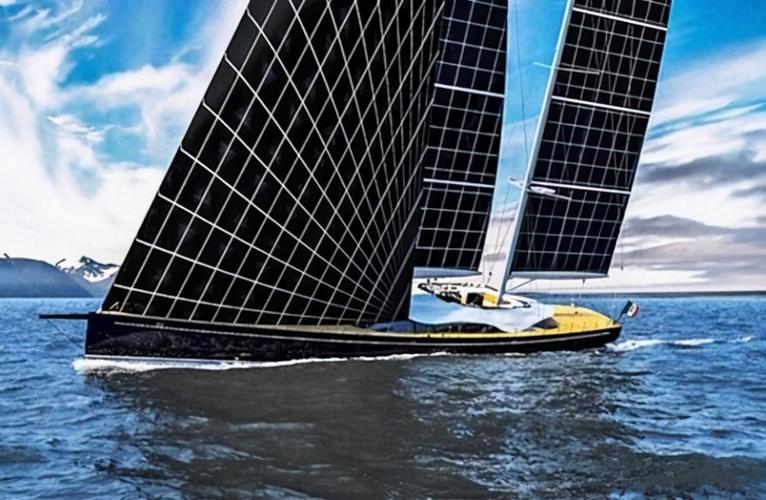Tidal Energy: What’s the Price Tag on Ocean Power?
(How Much Does Tidal Energy Cost)
Tidal energy sounds like something from a sci-fi movie. Picture giant turbines spinning underwater, powered by the endless push and pull of the ocean. But how much does it actually cost to turn this futuristic idea into reality? Let’s break it down without drowning in jargon.
First, tidal energy isn’t new. People have used tides for centuries, like old water mills grinding grain. Modern tidal energy is different. It uses high-tech turbines anchored to the seafloor or floating platforms. These devices capture kinetic energy from moving water. The big question is cost. Building underwater tech isn’t cheap. Installing a single tidal turbine can run anywhere from $3 million to $15 million. That’s before adding cables, maintenance, and permits.
Why so pricey? Most tidal projects are custom-made. Think of it like building a subway system underwater. Each site has unique challenges—strong currents, corrosive saltwater, storms. Engineers need materials that survive decades of abuse. Maintenance is another headache. Fixing a broken turbine means sending divers or robots into deep, fast-moving water. That’s risky and expensive.
Compare this to solar or wind. Solar panels are mass-produced. You can slap them on a roof in a day. Wind turbines are big, but they’re standardized. Tidal tech is still in its “experimental” phase. Few companies make the equipment, so prices stay high. But costs are dropping. Early projects in the 2000s produced energy at $300-$400 per megawatt-hour. Newer systems aim for $150-$200. Solar and wind, for reference, hover around $30-$50 per megawatt-hour.
Governments are stepping in. The UK, Canada, and France fund tidal projects to boost clean energy. Grants and tax breaks help. In Scotland, the MeyGen project powers 2,600 homes using tidal streams. South Korea’s Sihwa Lake plant generates enough electricity for half a million people. These projects show progress, but scaling up is slow.
Location matters. Tidal energy works best where ocean currents are strong and predictable. Think narrow channels or coastal bays. The Bay of Fundy in Canada, for example, has tides as high as 50 feet. Perfect for energy, but building there is like engineering on hard mode.
Environmental concerns add costs. Turbines can harm marine life. Fish might get chopped up. Noise pollution could disrupt whales. Developers must spend extra on wildlife-friendly designs and monitoring. Permitting takes years. Critics argue the money could fund cheaper renewables. Supporters say tidal energy’s reliability justifies the cost. Unlike solar or wind, tides never stop. They’re as predictable as the moon.
(How Much Does Tidal Energy Cost)
The bottom line? Tidal energy isn’t ready to replace fossil fuels tomorrow. But it’s a promising piece of the clean energy puzzle. Costs will keep falling as tech improves. For now, it’s a niche solution—expensive but steady. Imagine a future where coastal towns run on the rhythm of the sea. That vision might be worth the investment.
Inquiry us
if you want to want to know more, please feel free to contact us. (nanotrun@yahoo.com)




